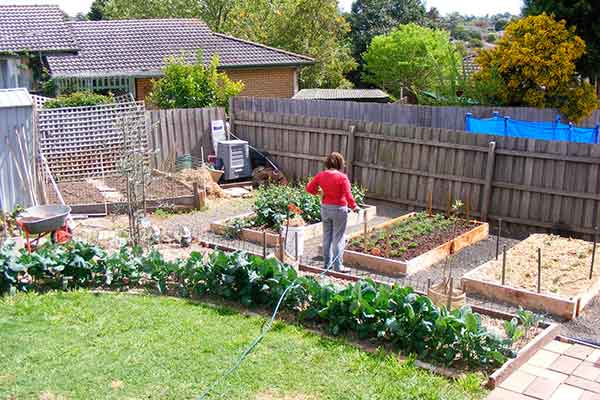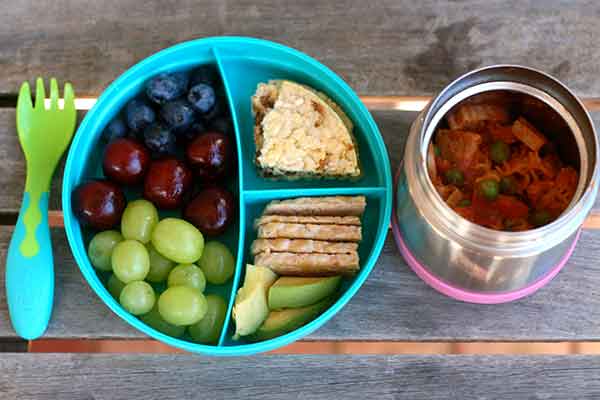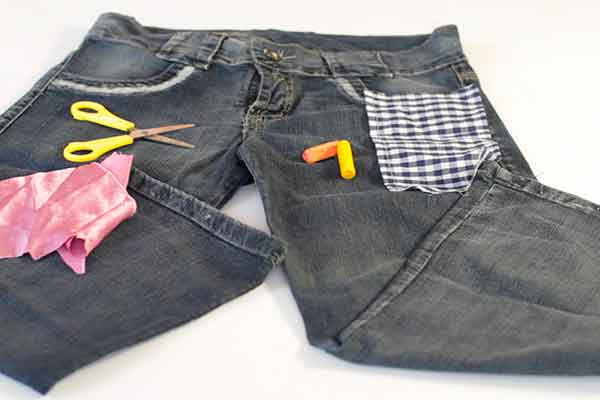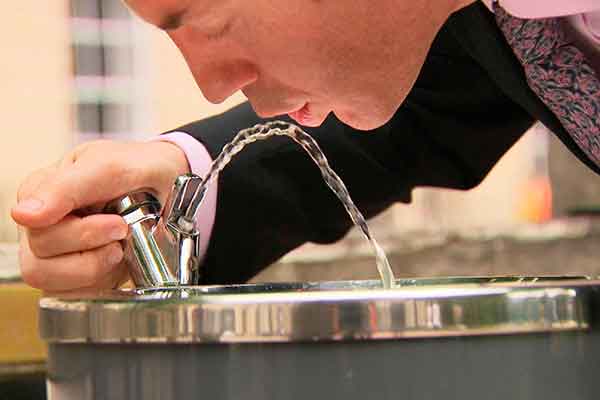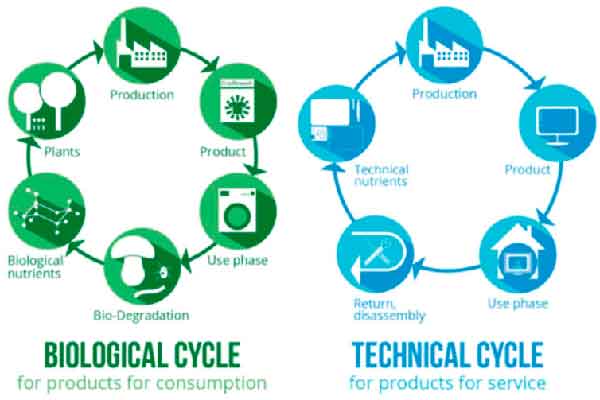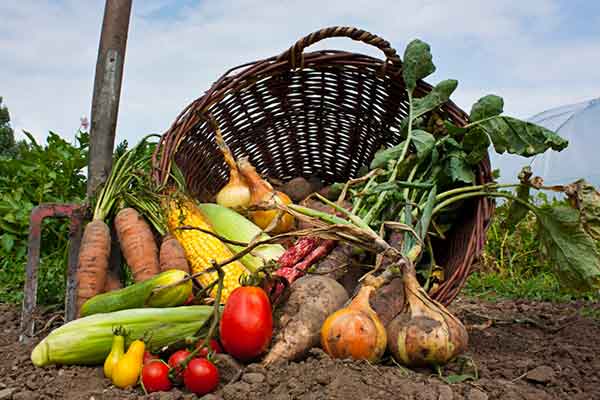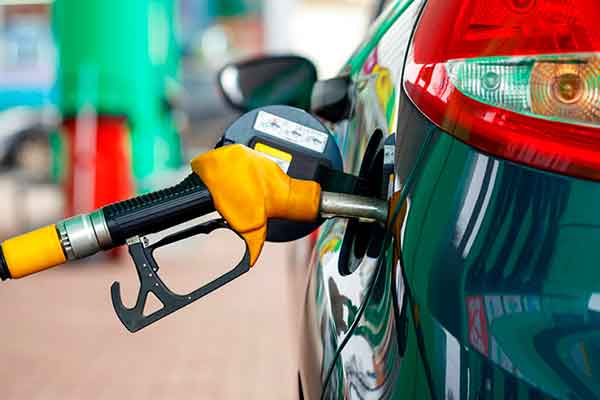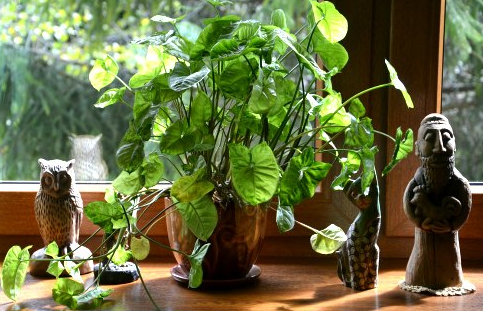 1. Cleaner air
1. Cleaner airAs we were altogether instructed, plants breathe out oxygen while we do carbon dioxide. Plants normally evacuate poisons present noticeable all around, including gases like formaldehyde from tobacco smoke, carpets, basic food item packs, and vinyl, benzene and trichloroethylene that are found in man-made strands, dissolvable, sinks, and paint.
2. Mood booster
Being with nature is one successful approach to decrease pressure – that is the reason having plants around the house appear to dial strain and gives down positive vitality. Our green mates will enable us to feel progressively loose; accordingly, expanding our profitability, imagination, basic leadership, and thought creation.
3. Less risk of illness
Cleaner air prompts a more beneficial person. Less indoor contamination implies less stroke chance by 34 percent, 26 percent less coronary illness, less respiratory diseases in kids by 12 percent, and 6 percent less danger of lung malignant growth.
4. Self-grown supplies
Set aside on your food supplies by having an indoor greenhouse and by figuring out how to appropriately develop these plants is the best part. You can even develop plants that you can use for home cures.
5. Natural allergens
Being around plants can help toughen up the invulnerable framework. Plants are allergens that can function as sensitivity shots. It will enable you to fabricate protection from reduction indications and utilization of drugs.
6. Reduce noise
A lesser known reality: plants help lessen commotion contamination. The stems, branches, woods, and different pieces of it retain sound. Along these lines, in case you're somebody who likes the harmony and calm, you don't need to spend much on clamor dropping earphones, plants could work.
7. Humidifier
Plants are likewise regular humidifiers. They discharge dampness vapor through photosynthesis which expands stickiness. Having a plant or two can spare you a few bucks for a humidifier.
8. Improve mental health
Dealing with a living animal helps when you are discouraged and feeling sad. Much like dealing with an infant, or a pet, you will feel a feeling of direction throughout everyday life.

